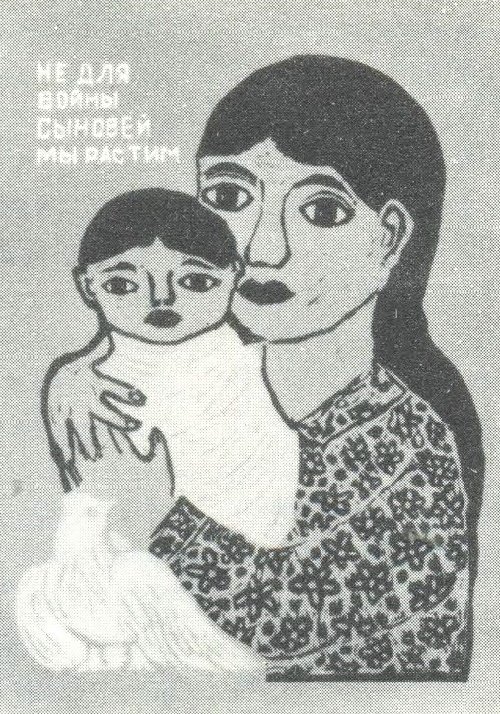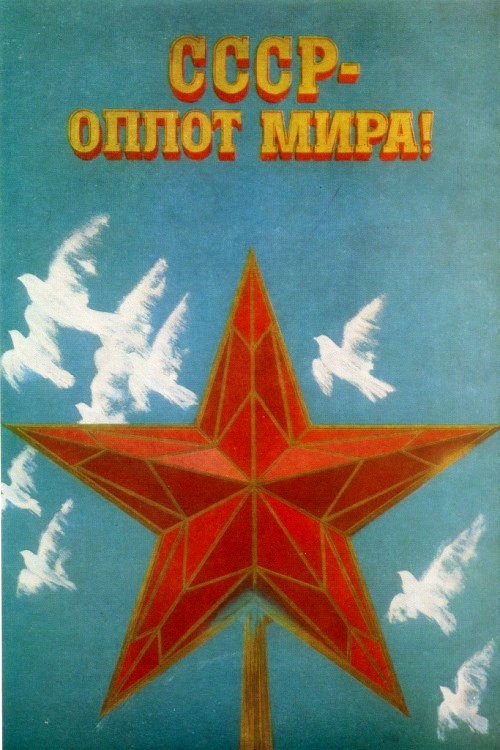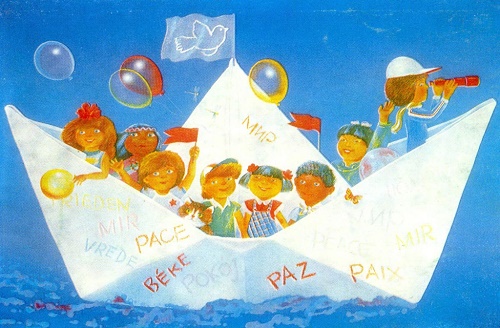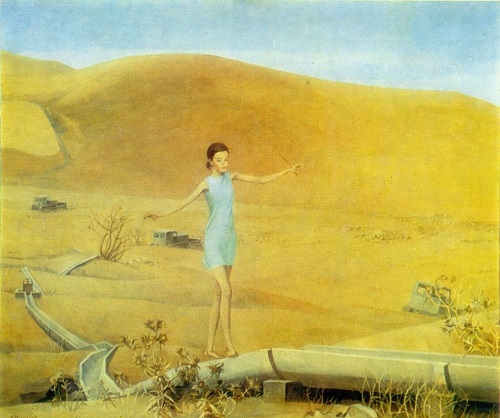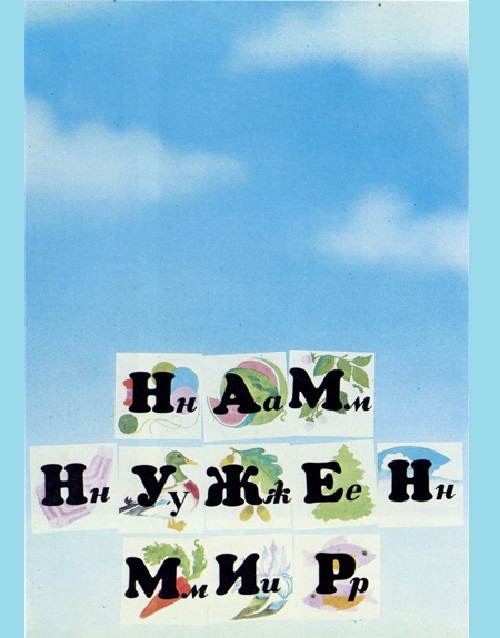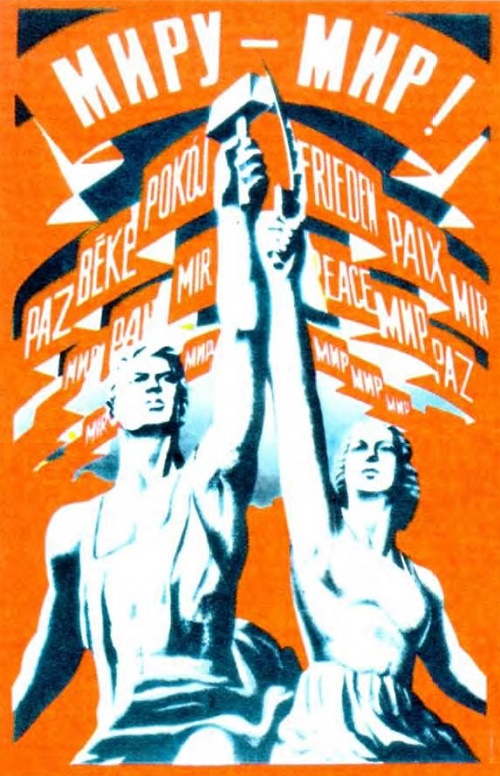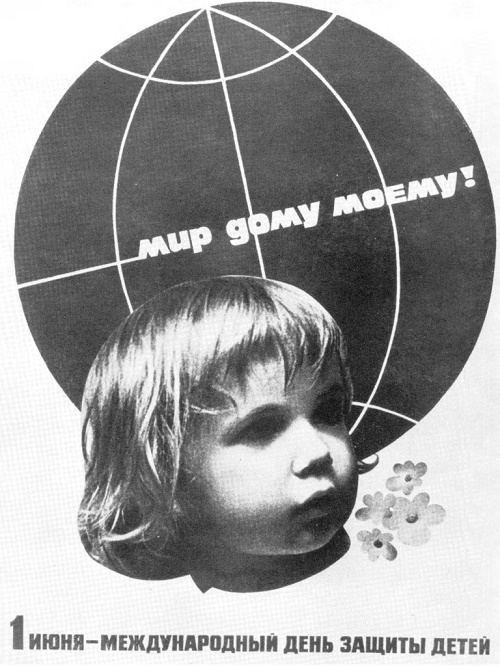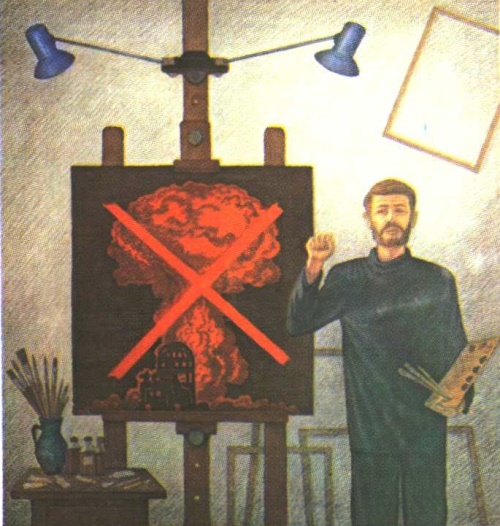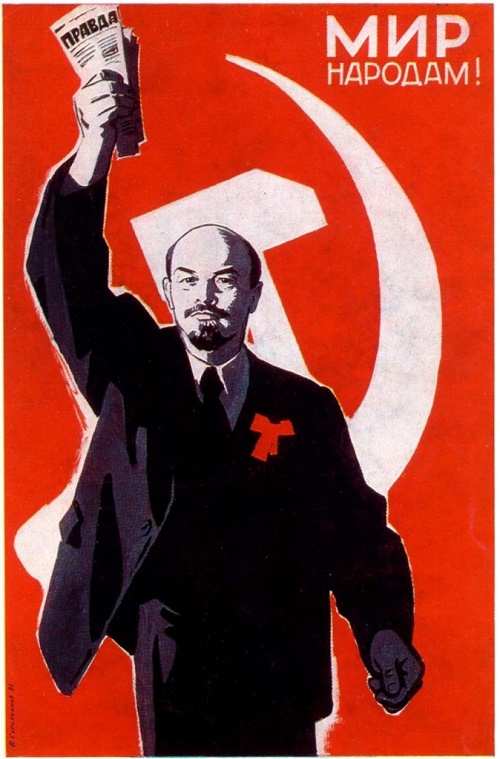Soviet artists for Peace
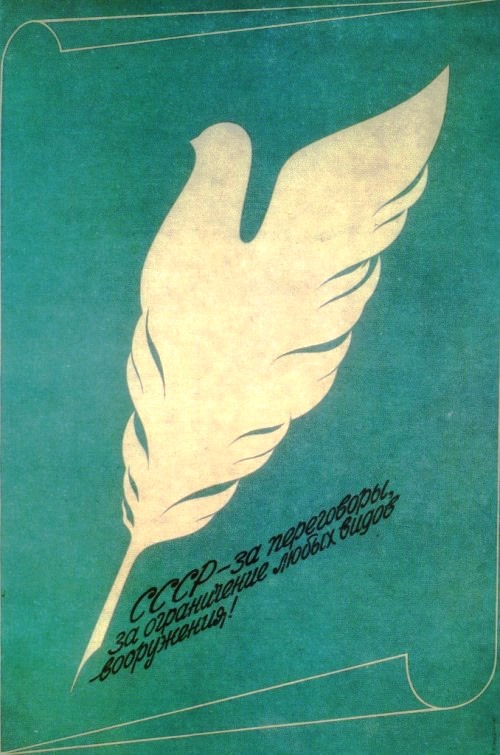
Soviet artists for Peace. USSR Poster by E.A. Kazhdan (Moscow). USSR – for negotiating, for limiting any weapons. 1981. Tempera on paper
Peace. Every day and hour in hundreds of languages pronounce that word across the globe. For many in the Soviet Union, especially for young people and kids, this concept was something taken for granted everyday, existing, seemingly forever. The same as Mom and Dad, kindergarten, school, factory, or farm building, museum or theater. And ask any boy or girl: what Peace is? – He would probably say, when there is no war. Seniors, those who are now respectfully and lovingly called veterans, know and understand what peace on earth is. They are fully able to evaluate the meaning of the content of the word, because they remember what war is. Past through fierce battles and through unimaginable for human horrors of the Nazi death camps can definitely answer. Peace – is primarily a love for the country: the land where you were born and live in, and the air that you breathe, your people, their joys and sorrows, language and culture.
Everyone Soviet artist since childhood was educated in understanding that the artist profession – high duty to the motherland and the people, the constant selfless work in the name of building a new society, the struggle for peace and progress. Soviet school taught Love for the motherland, personal contribution to strengthening it, help and care for junior and senior, education, feasible work, creativity. From an early age was brought up a creative attitude to work, formed a clear ideological position.
Art – the greatest power and weapons. In the struggle for rights, against inhumane, reactionary ideologies is always offensive. Therefore Soviet artist had to be a supporter of this method, which expresses the most advanced modern ideals – ideals of socialism. A man who knows no love for the Motherland, as a rule, deprived of morality, capable of any evil – meanness, deceit, violence, cruelty, betrayal.
We live in difficult times. The world is divided into two ideological systems – socialist and capitalist, between which there is an irreconcilable struggle in all spheres of human activity – science and economy, culture and art. Love for the Motherland – a real force capable of resisting the intrigues of imperialism, any military threat. To love the motherland, wish it good means take care of peace on earth, to fight for its preservation and consolidation, for the right of people to life. Being at the forefront of the fighters for the cause of peace, for the triumph of good, healthy start in the human being – the duty of every contemporary artist.

